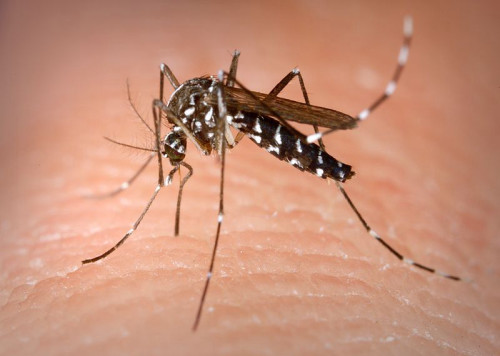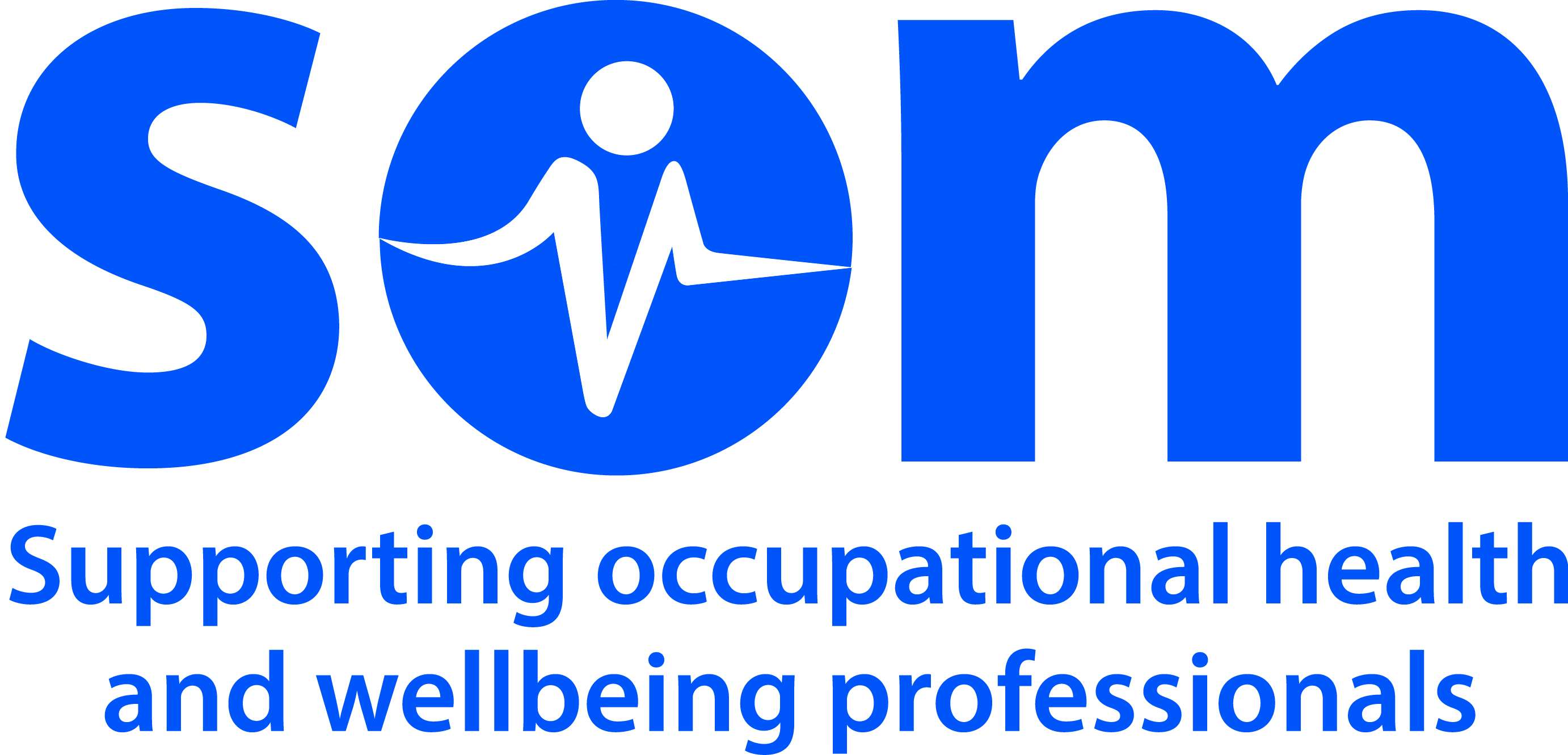Dengue and occupational health risks

Occupational Health Considerations
The peak biting time of the Dengue mosquito vector is several hours after sunrise and several hours before sunset. In brightly lit areas, night time biting is also possible.
The incubation period of the disease from biting to onset of symptoms is 4-15 days
Control measures are mosquito habitat disruption (such as removing outside plant pot drip trays) and sealing windows and doors against insect intrusion.
Bite prevention: It needs to be emphasised to business travellers and outside workers that Dengue is a DAYTIME biting mosquito with peak biting times up to several hours after sunrise and for several hours preceding sunset. Light coloured loose clothing should be encouraged. Ankles and feet should be covered as the mosquitos appear to favour these sites. Long loose sleeves are preferable.
As bite control measures are the ONLY prevention against the disease presently available, their implementation is of paramount importance. Aedes mosquito populations vary with seasons, typically being higher in warm asian winters and rainy seasons. Many countries where Dengue is endemic have seen very large spikes in populations recently.
Clinical Aspects
The mosquito vectors (aedes aegypti and albopicus) prefer urban areas and lays eggs in water. They have a preference for artificial water containers, perhaps because they are devoid of fish predators. The mosquito prefers human blood to that of other vertebrates and therefore thrives in urban environments and dense populations.
The mosquito vector requires water for its life cycle. It has a preference for small man-made pools of water, possibly because this way it avoids predators of its eggs, such as fish. The second hand tyre trade across SE Asia has been implicated in its spread as these tyres host small pools of rain water and are transported in lorries over hundreds of miles.
Dengue typically presents with significant fever, periorbital headache, myalgia and macular rash. However it is thought that the majority of sufferers do not present to a medical professional.
Control measures are mosquito habitat disruption (such as removing outside plant pot drip trays) and sealing windows and doors against insect intrusion.
Subsequent infection of another subtype carries significantly greater the first infection. Antibodies from the first infection appear to assist the virus different subtype pathogenicity the second time around. Infection with another subtype may increase the likelihood of dengue hemorrhagic fever, resulting in bleeding, low levels of blood platelets and blood plasma leakage, or dengue shock syndrome, where dangerously low blood pressure occurs.
The live attenuated dengue vaccine CYD-TDV has been shown in clinical trials to be efficacious and safe in persons who have had a dengue virus infection in the past , but carries an increased risk of severe dengue in those who experience their first natural dengue infection after vaccination .
Aedes albopictus is also an insect vector of Dengue. Arguable the alpopictus is less competent at transmitting the disease in a given locale than the more prevalent aedes egypti mosquito, but its ability to breed in drip trays of plant pots or small pools of water travelling with goods in lorries (e.g. second hand tyres) makes it a hazard in for example Hong Kong.
My reflection

